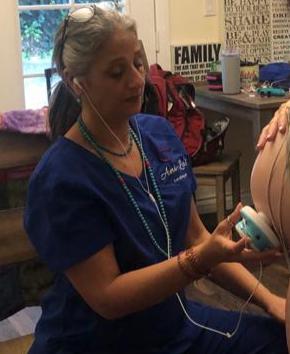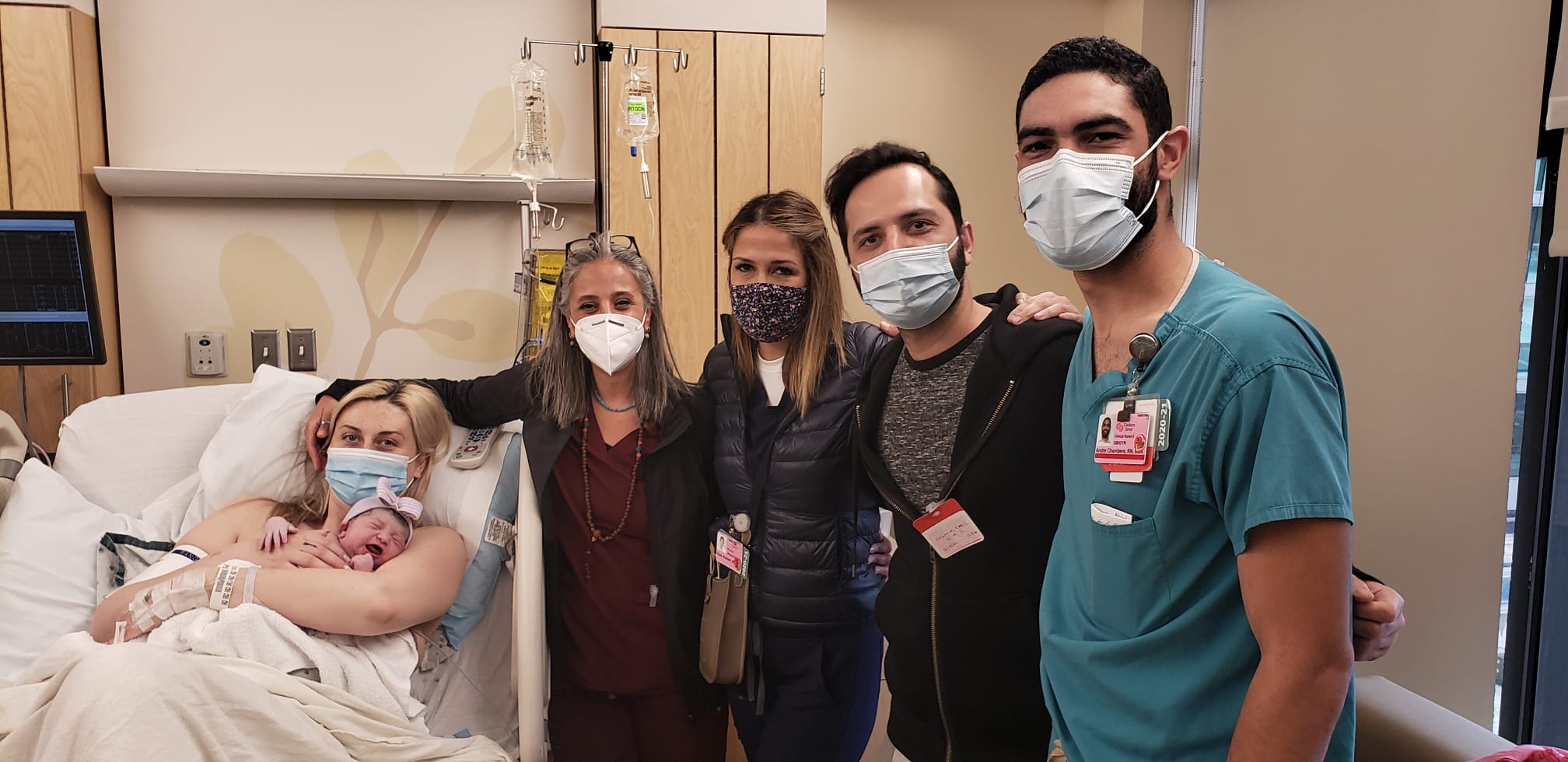Doula
id-682a5939baf06

id-682a5939bc5d1

The word doula is a Greek word meaning women’s servant. Women have been serving others in childbirth for many centuries and have proven that support from another woman has a positive impact on the labor process.
A birth doula is a professional support person trained in the needs of the family during pregnancy and childbirth. The doula offers non-judgmental support, guidance, evidence-based education and practical hands-on support during childbirth including comfort measures. Doula originates from the Greek word meaning woman servant. A birth doula recognizes the profound impact of childbirth on the mother.
Many studies have shown that having a Doula reduces incidences of Cesarean birth, use of anesthesia, shortens labour and provides mums with positive reflection and good memories of their experience.
As a Professional Certified Birth Doula I am trained in 5 Core Competencies:
- Physiology of Childbirth
- Common Interventions and Evidence Based Care
- Comfort Measures for Childbirth
- Breastfeeding
- Communicating with Medical Care Providers and Clients Utilizing Emotional Intelligence
What is a doula?
The doula is a professional trained in childbirth who provides emotional, physical, and educational support to a mother who is expecting, is experiencing labor, or has recently given birth. Our purpose is to help women have a safe, memorable, and empowering birthing experience.
Most often a doula relates to the birth doula or labor support companion. However, I also work as an antepartum doulas and a postpartum doulas.
Numerous studies have documented the benefits of having a doula present during labor. A recent Cochrane Review, Continuous Support for Women During Childbirth, showed a very high number of positive birth outcomes when a doula was present. With a doula, women were less likely to need pain-relief medications administered and less likely to have a cesarean birth. Women also reported having a more positive childbirth experience.
Other studies have shown that having a doula as a member of the birth team decreases the overall cesarean rate by 50%, the length of labor by 25%, the use of oxytocin by 40%, and requests for an epidural by 60%.
Doulas use the power of touch and massage to reduce stress and anxiety during labor. According to physicians Marshal Klaus and John Kennell, massage helps stimulate the production of natural oxytocin. The pituitary gland secretes natural oxytocin to the bloodstream (causing uterine contractions) and to the brain (resulting in feelings of well-being and drowsiness, along with a higher pain threshold).
Historically it was thought that intravenous oxytocin does not cross from the bloodstream into the brain in substantial amounts and, therefore, does not provide the same psychological benefits as natural oxytocin. However, more recent studies indicate that oxytocin administered nasally and/or intravenously may cross from the bloodstream into the brain. Nonetheless, doulas can help mothers experience the benefits of oxytocin naturally without the use of medication.
What Does a Doula Do?
Doulas can perform different roles, depending on your needs.
- Labor or birth doulas provide continuous care during labor.
- Antepartum doulas support women who are put on bed rest to prevent preterm labor. They help with household tasks and childcare.
- Postpartum doulas support the new mom during the first few weeks after birth. They help with care and feeding of the baby and household tasks.
How I Will Work With You
As a doula I include the components listed below. I also provide a basic childbirth course to help prepare expecting mothers.
Before childbirth:
- Meet with you during your second or third trimester to get acquainted
- Teach you relaxation and breathing skills
- Answer your questions about the birthing process
- Help you understand labor and delivery procedures and possible complications
- Help you develop a birth plan
During labor I:
- Use aroma therapy oils
- Use reiki energy as a 4th level master reiki to help calm and reduce pain
- Use a kansa wand for calming
- Use a yoga ball for calming through movement
- Stay with you constantly to provide comfort and support
- Use massage and touch to help you relax and rest
- Help you get into comfortable positions
- Help you get adequate nutrition and fluids
- Help communicate your preferences to the medical staff
- Involve and reassure the dad-to-be
After delivery:
- Provide support and encouragement to both you and dad after bringing your baby home
- Teach both of you how to care for your new baby
- Assist with breastfeeding education
- Support dad and other siblings and teach them how to help you
- Make sure you get plenty of rest, eat regularly, stay hydrated, and are comfortable
HypnoBirthing®
What is HypnoBirthing®? HypnoBirthing® is a tried and proven method that guides and prepares a woman in giving birth in a peaceful and extraordinarily beautiful manner. It is a program a that considers the psychological, as well as the physical, well-being of the mother, her birth partner, and the newborn, independent of context, whether that be in the quiet of a home, a hospital, or a birth center.
The HypnoBirthing® program is built around an educational process that includes special breathing, relaxation, visualization, meditative practice, attention to nutrition and positive body toning. Most importantly it fosters an air of mutual respect for the birthing family, as well as the health-care provider in a traditional health-care system or an alternative setting.
The HypnoBirthing® Premise
For most of their lives, women have been inundated with the negative stories of other women’s birth experiences. Everyone, from their mothers, sisters, aunts, cousins, friends, and even strangers, wants to tell them the horrors of giving birth. They have been conditioned to believe that excruciating pain is associated with labor; and because of this, women today hold an unprecedented fear of giving birth. This extreme fear causes their bodies to become tense, and that tension prohibits their bodies from easily performing a normal physiological function. The result is exactly what they feared most–long, painful birthing or unnecessary intervention.
People who are drawn to HypnoBirthing® have long been searching for a way to give birth confidently and as calmly, safely, and gently as possible, whether they have chosen to birth in a hospital, a birthing center, or at home. Until HypnoBirthing®, this kind of birthing almost seemed unattainable for the general population.
Through a very simple program of self-hypnosis and education, healthy, low-risk women, as well as women who need medical assistance because of special circumstances, learn to dismiss fear-based stories, misinformation, and birthing myths; and they are helped to see birth as normal. They learn to trust that their bodies know how to bring their babies into the world in the calm and gentle way that Nature intended.
What is a HypnoBirthing® Childbirth Educator?
As a HypnoBirthing® Childbirth Educators I am a highly qualified birthing professionals who is dedicated to the principles and philosophy of HypnoBirthing® and mother-directed birthing.
HypnoBirthing® Classes are taught in a format of five, 2 1/2-hour classes. If you are very near to your birthing time, occasionally your Practitioner can make special arrangements for individual classes with you.
Controlled breathing
As the HypnoBirthing Midwife, I will share two such breathing techniques. In the first, you breathe deeply in through the nose and out through the nose. Breathe in to the count of four and out to the count of seven.
The second technique is similar. You follow the same deep-breath pattern, but you lengthen the inhale to the count of seven and keep the exhale to the count of seven. Breathing in this way is supposed to help trigger your parasympathetic nervous system, giving you some calming vibes.
A focus on positive thoughts and words
Focusing on positive thoughts and words is another useful technique.Instead of using the word “contraction” to describe the tightenings during labor, you might say “surge” or “wave” for a more positive spin. Another example is replacing “rupture” of the membranes with the word “release.”
Guided visualization
Other techniques include guided visualization, where you might picture something like a flower opening to help relax your body, and using music and meditation to further relaxation.
Through using these techniques, the idea is that you may give birth in a state similar to daydreaming. You may:
- be fully aware of what’s happening to you and able to come and go out of hypnosis as you please
- become more relaxed, keeping your body out of the fight-or-flight mode that can be induced by the unfamiliar environment of a birth room
- be more able to manage pain and stress hormones by the release of endorphins
By controlling pain and stress hormones, the body may let go and submit fully to the task ahead.
id-682a5939bd33a
My Doula Work
id-682a5939bee46
id-682a5939bf961
id-682a5939c0620
id-682a5939cd0d7




















